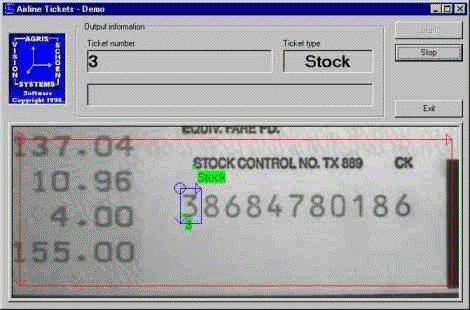
|
|
|
|
|
|
|
| Windows XP |
"Whilst suffering in ffraunce, he thought always of the proverb 'Pan darffo treiglo pob tre / Da yw edrych tuag adre.'"
|
| Appearance | Meaning | Grapheme | Capture |
|---|---|---|---|
| zodiac | zodiac | LATIN LETTER Z | zodiac |
| omnez | omnem | LATIN LETTER M | omnem |
| page z | page 3 | ARABIC NUMERAL 3 | page 3 |
| zet | [y]et | LATIN LETTER YOGH | &yogh;et |
| wasz | was | LATIN LETTER S | wasz |
| z xvi | xvi [drams] | SYMBOL DRAM | &dram; xvi |
| 15 sz. | 15 shillings | {abbr mark rare collocation} | 15 <ABBR EXPAN="shillings">s.</ABBR> |
| ii sz. | ii 1/2 | {abbr mark rare collocation} | ii <ABBR EXPAN="semis">s.</ABBR> |
| qz | quart | {abbr mark rare collocation} | <ABBR EXPAN="quart">q</ABBR> |
| oz. | ounces | {abbr mark common collocation modern survival} | oz. |
| viz. | videlicet | {abbr mark common collocation modern survival} | viz. |
| qz | que | {abbr mark or alloglyph of que symbol} | &abque; |
| qz | quod | {abbr mark or alloglyph of que symbol substituted for quod symbol --by mistake?} | &abquod; |
| omnibz | omnibus | {abbr mark common collocation ?amounts to symbol} | omni&abbus; |
| hz | habet | {abbr mark} | <ABBR EXPAN="habet">h</ABBR> |
| pz | patet | {abbr mark} | <ABBR EXPAN="patet">p</ABBR> |
| sz | sed | {abbr mark} | <ABBR EXPAN="sed">s</ABBR> |
These differ in
But share a common rationale:
|